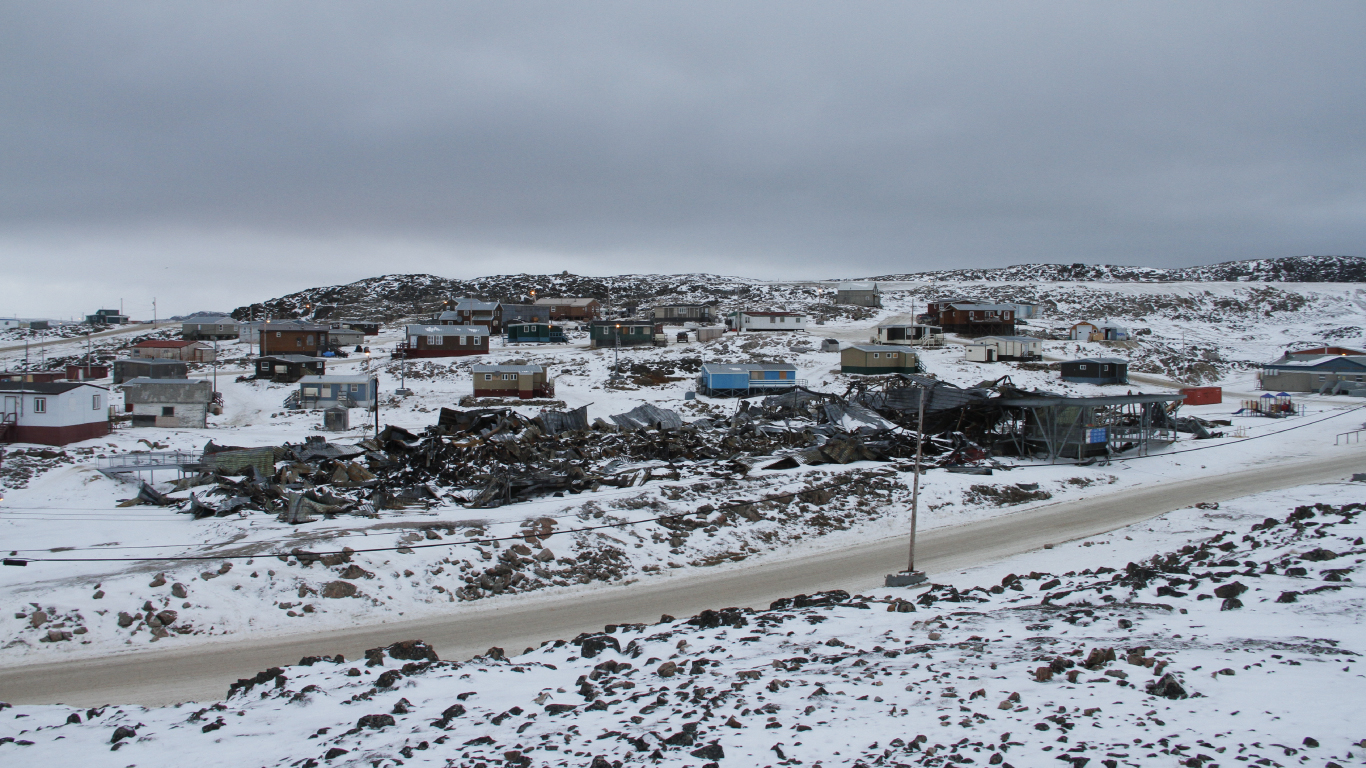
Living in a remote community plays an important role in high school completion rates among Indigenous peoples, according to a study released earlier this year.
Living in remote areas can mean less availability of services, including retail business, healthcare, and education facilities. While these essential services are less accessible, these communities may benefit from a stronger sense of connection to their culture, tradition, languages, and land.
Earlier studies have shown that being in close proximity to a school is positively associated with getting an education. This advantage of proximity has been linked to lower financial costs of schooling, continued access to community support, or the presence of role models and mentors who have also pursued education. In the absence of these supports, students may leave school early.
Over one in four Indigenous people live in a relatively remote area
Indigenous peoples are more likely than non-Indigenous people to live in rural and remote communities.
Today, the most remote communities in Northern Canada may only be reachable by air or by road for a few months of the year. As a result, remote communities incur higher costs in providing essential services, including education, resulting in outdated infrastructure, poor retention of school staff and higher staff turnover rates.
In addition, if students must travel long distances to attend high school, transportation options such as walking, public transit and parent-provided transportation may not be available.
In 2016, just over one-quarter (26%) of Indigenous people aged 19 to 45 years lived in relatively remote areas of Canada, compared with 3% of non-Indigenous people.
Inuit were the most likely to live in very remote (57%) and remote (23%) areas in 2016, which characterizes all communities in Inuit Nunangat.
In 2016, one-third (33%) of First Nations people aged 19 to 45 lived on reserves. While there are reserves in more accessible areas, 60% were in remote or very remote areas and had limited access to larger urban centres; therefore, fewer services were available to the communities. Of note, three-quarters (75%) of census subdivisions that are classified as on reserve had fewer than 500 residents.
First Nations people without Registered or Treaty Indian status (79%) and Métis (73%) were much more likely to live in easily accessible or accessible areas compared with First Nations people with Registered or Treaty Indian status and Inuit, suggesting that there were more services available to them.
Indigenous peoples living in an easily accessible area are more likely to complete high school than those living in a relatively remote area
In 2016, living in an easily accessible area and being in a higher income household had the strongest association with higher rates of high school completion for Indigenous peoples aged 19 to 45 years, even while controlling for other factors.
For example, First Nations women (81%) and men (75%) living in easily accessible communities were nearly twice as likely to have a high school diploma (or equivalent) than their counterparts living in very remote areas (50% for women and 43% for men).
Inuit women (79%) and men (75%) living in easily accessible communities were nearly twice as likely to have a high school diploma (or equivalent) than their counterparts living in very remote areas (44% for women and 40% for men).
First Nations people living on reserve and Inuit living inside Inuit Nunangat were less likely to have access to a high school within their community, requiring those individuals to leave their communities to pursue education, often at a young age.
Métis women (87%) and men (83%) living in easily accessible areas were most likely to graduate from high school among Indigenous groups in 2016, as were Métis women (77%) and men (67%) living in remote areas.
For all Indigenous learners, living in a higher income household had the strongest relationship with high school completion, more so than being a parent or living in a remote area.
Read the full research paper “Distance as a Factor for First Nations, Métis, and Inuit High School Completion” to learn more.
StatsCAN app
Download the StatsCAN app today to have these articles at your fingertips! Already using the app? Leave a review in the Apple App Store and Google Play and let us know what you think.
Contact information
For more information, contact the Statistical Information Service (toll-free 1-800-263-1136; 514-283-8300; infostats@statcan.gc.ca) or Media Relations (statcan.mediahotline-ligneinfomedias.statcan@statcan.gc.ca).
